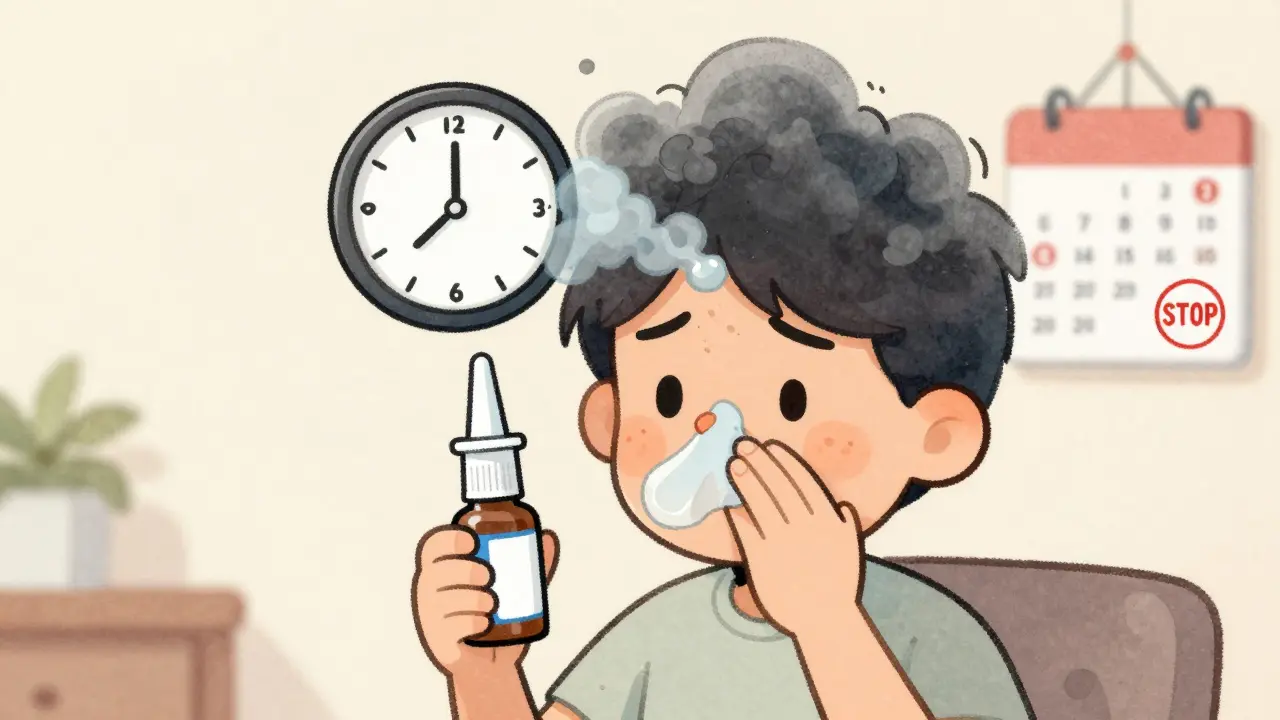Understanding Mycosis Fungoides
Mycosis Fungoides is a rare type of blood cancer that affects the skin, causing a range of symptoms from rashes to tumors. It is the most common form of cutaneous T-cell lymphoma and develops when a type of white blood cell, known as a T-cell, becomes cancerous. Though it progresses slowly and can be managed with treatments, a cure remains elusive. The disease can be challenging to diagnose due to its similarity to other skin conditions and often requires a biopsy for accurate diagnosis.
What is Stem Cell Transplantation?
Stem cell transplantation involves the infusion of healthy stem cells into the body to replace damaged or diseased stem cells. These new cells can either come from your own body (autologous transplantation) or from a donor (allogeneic transplantation). Stem cell transplantation has been utilized in the treatment of various forms of cancer, including leukemia and lymphoma, with promising results.
The Potential of Stem Cell Transplantation in Mycosis Fungoides Treatment
Stem cell transplantation, specifically allogeneic transplantation, has shown promise in the treatment of Mycosis Fungoides. The new healthy stem cells can develop into a new immune system, which can recognize and attack the cancer cells. Recent studies have demonstrated the potential of this procedure in achieving long-term remission in patients with advanced Mycosis Fungoides. However, the treatment is not without its risks and challenges, and it is crucial to weigh the potential benefits against the possible complications.
Understanding the Procedure of Stem Cell Transplantation
The stem cell transplantation process involves multiple steps. It begins with the collection of stem cells from a donor, followed by the patient undergoing a conditioning regimen to prepare the body for transplantation. This regimen typically involves high-dose chemotherapy and sometimes radiation therapy to destroy the cancer cells. After the conditioning regimen, the collected stem cells are infused into the patient's bloodstream, where they travel to the bone marrow and begin to produce new, healthy cells.
Risks and Complications of Stem Cell Transplantation
While stem cell transplantation holds potential, it does come with risks and complications. These can include infection, graft-versus-host disease (where the donor's immune cells attack the patient's cells), organ damage, and infertility. There is also the risk of the cancer returning. Hence, it is crucial for patients and their healthcare providers to discuss these risks before deciding on the treatment course.
Living with Mycosis Fungoides Post-Stem Cell Transplantation
Life after stem cell transplantation for Mycosis Fungoides can be challenging, but with proper care and support, patients can lead a fulfilling life. Regular follow-ups with the healthcare team are vital to monitor for any signs of the disease's return and manage any long-term effects of the treatment. Patients may also need psychological support to cope with the emotional impact of the disease and its treatment.
Future Perspectives on Stem Cell Transplantation for Mycosis Fungoides
Research into stem cell transplantation for Mycosis Fungoides is ongoing, with scientists exploring ways to improve the effectiveness of the treatment and reduce its side effects. There is also research looking into the use of gene therapy in conjunction with stem cell transplantation. While the path to a cure for Mycosis Fungoides is a challenging one, the strides made in stem cell transplantation offer hope for those battling this disease.





Rushikesh Mhetre
July 26, 2023 AT 17:40Stem cell transplants sound promising for Mycosis Fungoides and could give patients a new lease on life! The idea of replacing a faulty immune system is powerful and worth exploring. However, we need to stay realistic about the risks involved. Keeping an eye on ongoing trials will help us stay informed. Let’s keep the conversation positive and fact‑based.
Sharath Babu Srinivas
July 26, 2023 AT 18:40Great summary of the procedure! It’s impressive how autologous and allogeneic transplants differ, and the data looks encouraging 😊. Remember, though, that graft‑versus‑host disease remains a serious concern, so patient selection is key. Keep sharing these updates; they’re invaluable for the community. 👍
Halid A.
July 26, 2023 AT 19:40I appreciate the thorough overview. From a clinical perspective, the conditioning regimen must be carefully calibrated to minimize toxicity while maximizing disease eradication. Multidisciplinary follow‑up is essential to monitor for relapse and manage long‑term effects. Encouraging collaboration between oncologists, dermatologists, and transplant specialists will improve outcomes. Thank you for highlighting these considerations.
Brandon Burt
July 26, 2023 AT 20:40While the enthusiasm around stem‑cell transplantation for Mycosis Fungoides is understandable, we must not overlook the substantial hurdles that persist,; the conditioning regimens often involve high‑dose chemotherapy, which can devastate healthy tissue; the risk of graft‑versus‑host disease remains a formidable challenge,; long‑term immunosuppression can predispose patients to opportunistic infections,; financial toxicity is another factor that cannot be ignored,; in many cases, the procedure is only offered at specialized centers, limiting accessibility; the heterogeneity of disease presentation means that not every patient will benefit equally,; data from small phase‑II trials suggest promising remission rates, yet they lack the statistical power of larger studies,; there is also the psychological burden of undergoing such an intensive therapy,; supportive care resources are unevenly distributed across regions,; future research must focus on reducing conditioning intensity without compromising efficacy,; advances in gene editing may eventually allow for safer donor cell preparation,; however, regulatory pathways for such innovations are still being defined,; ethical considerations around donor selection and consent persist,; overall, while the horizon looks bright, a cautious, evidence‑based approach is essential to avoid premature adoption of a high‑risk intervention.
Gloria Reyes Najera
July 26, 2023 AT 21:40i think the us med system is way better
Gauri Omar
July 26, 2023 AT 22:40The drama of battling a rare skin lymphoma is enough to push anyone to the edge, and the promise of a new immune system feels like a lifeline. Yet, we can’t pretend the complications are trivial; graft‑versus‑host disease can cripple a patient, and the recovery period is brutal. If you’re considering this route, demand full transparency from your care team and brace yourself for the uphill battle.
Willy garcia
July 26, 2023 AT 23:40Supportive coaching approach works best, stay curious and keep monitoring your labs.
zaza oglu
July 27, 2023 AT 00:40What a vibrant frontier! 🌈 The synergy between stem cells and emerging gene therapies could rewrite the playbook for Mycosis Fungoides. Let’s celebrate the breakthroughs while staying vigilant about safety-every step forward deserves a thoughtful pause.
Vaibhav Sai
July 27, 2023 AT 01:40Absolutely love how the community is dissecting each nuance-your insights really brighten the discussion! Keep the questions flowing; the more we probe, the clearer the path becomes.
Lindy Swanson
July 27, 2023 AT 02:40Sure, stem cells sound cool and all, but I’m not sold on dropping every other treatment just yet. Might be overhyped, you know?
Amit Kumar
July 27, 2023 AT 03:40Hey everyone! 🌟 Let’s stay hopeful-every new study brings us a step closer to real breakthroughs! Keep the faith and share any updates you find. 😊
Crystal Heim
July 27, 2023 AT 04:40Honestly, the hype outpaces the data; we need more robust trials before declaring this a cure.
Sruthi V Nair
July 27, 2023 AT 05:40From a philosophical angle, the quest for renewal echoes humanity’s deeper desire to transcend illness; stem‑cell therapy embodies that yearning, yet we must balance ambition with humility.